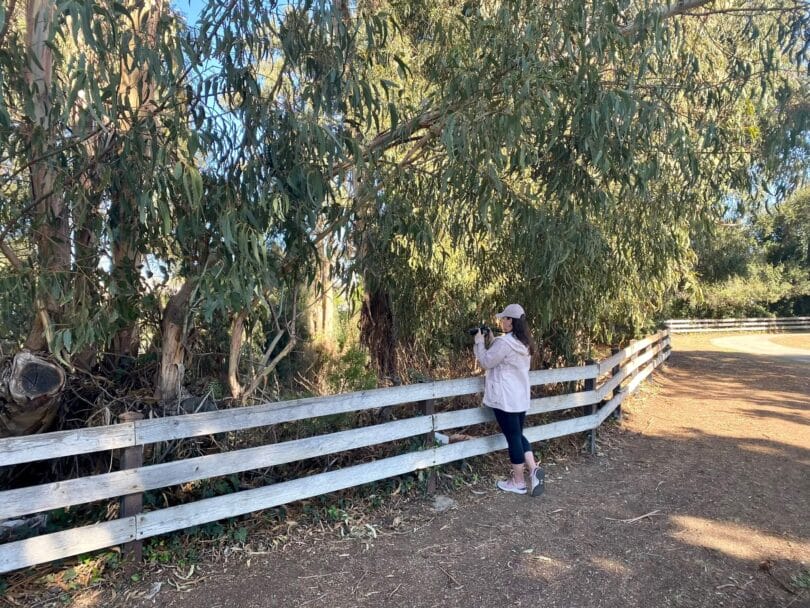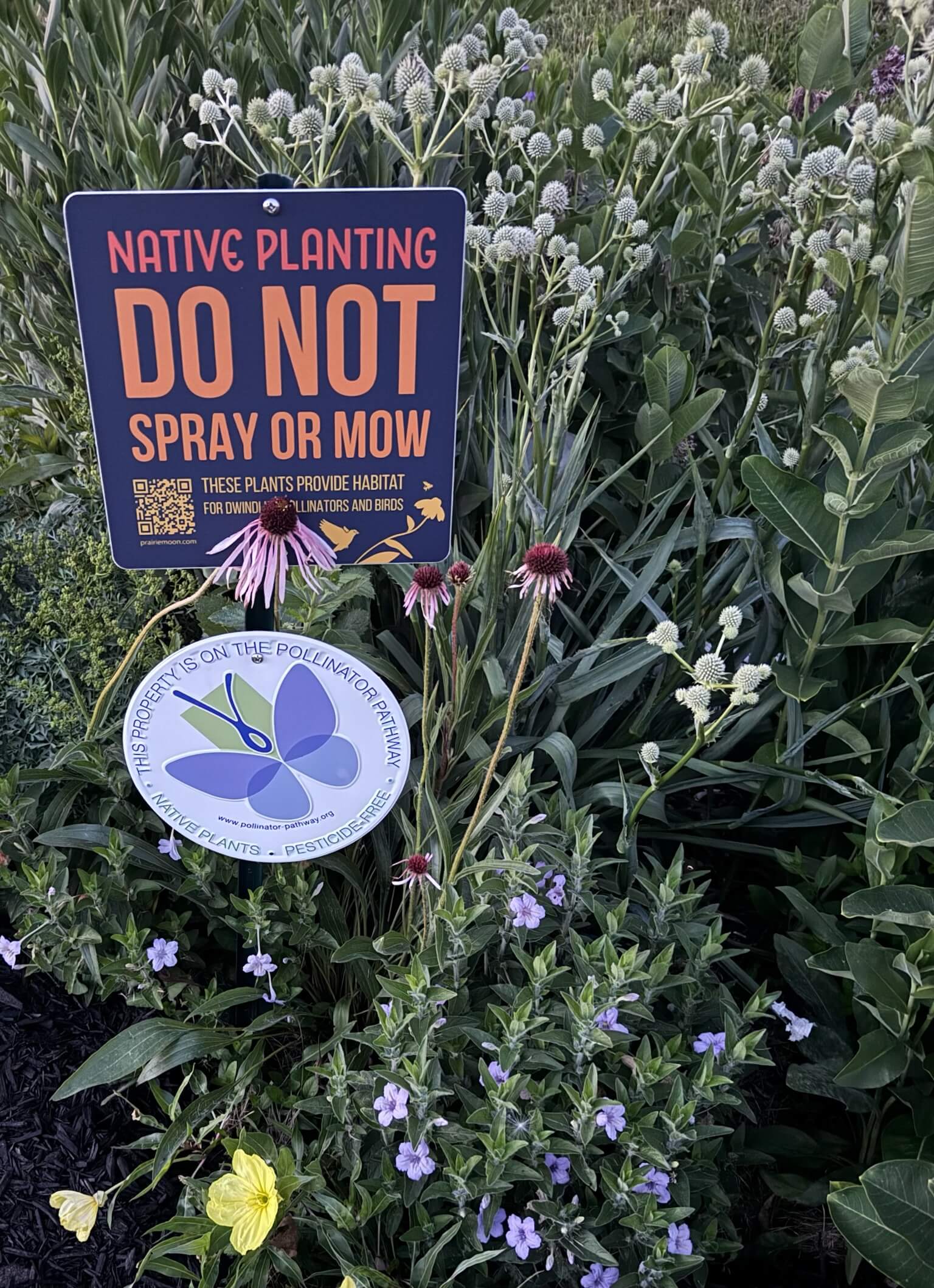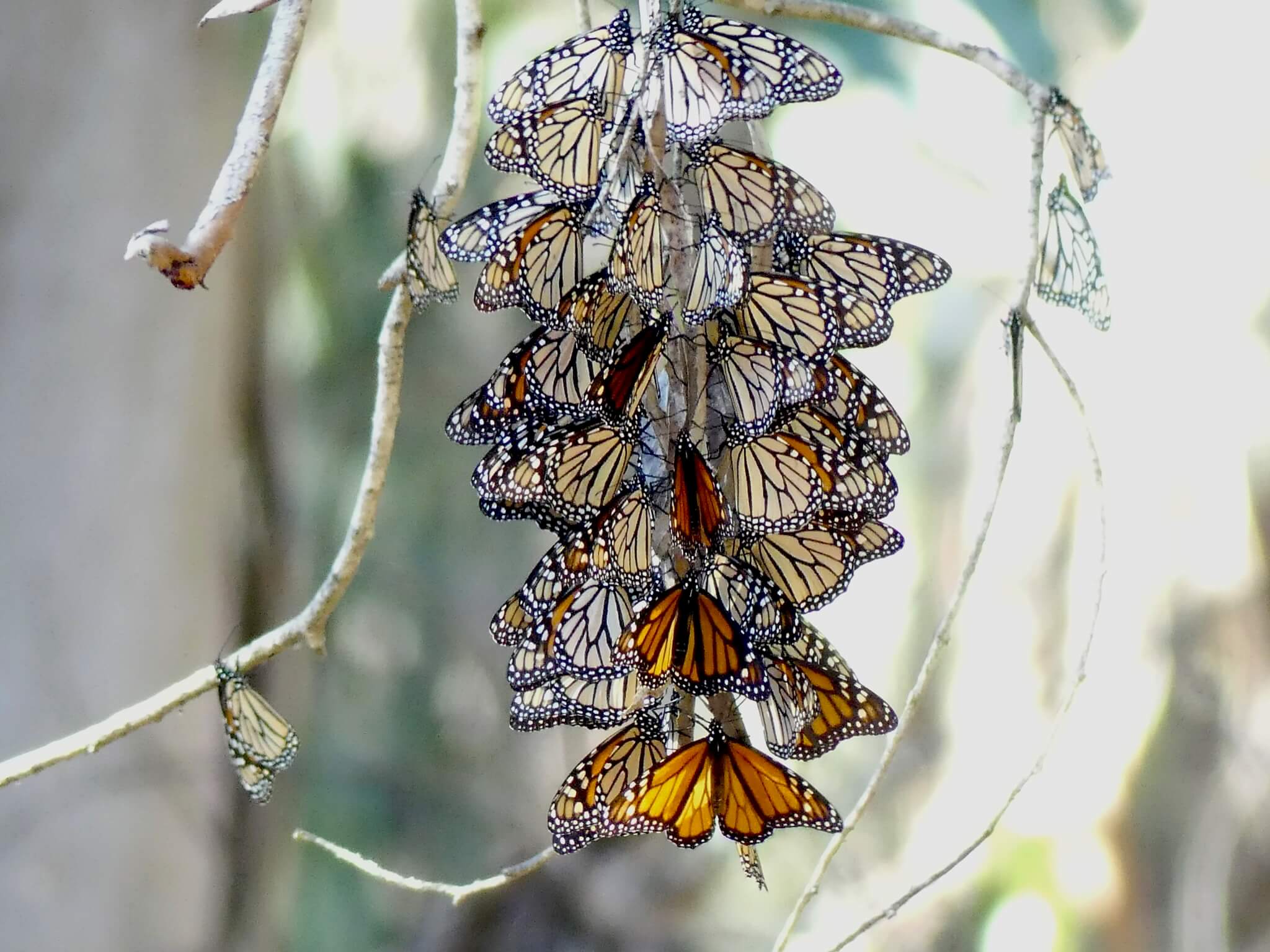Community Engagement
Customer Spotlight: Heidi Patterson “In Her Native Planting Era”

Article and photos submitted by Heidi Patterson – Edited by Julia Hammerlund | November 11, 2025
In 2018, Possibility Place customers Heidi and Michael moved to a new, modern smart home in Iowa’s suburbia with no maintenance. This move was the result of an effort to downsize and be closer to an airport as work dominated their days with nationwide travel to their clients. Their new sod-filled yard, equipped with just two builder-required trees, would be watered with a timed sprinkler system and maintained by a HOA recommended local lawn care company all in effort to streamline their lives.
In late 2019, Covid hit. Life as they knew it came to a screeching halt. Client and staff meetings went virtual and any travel for client-related meetings turned into remote Zoom meetings.

Heidi found respite in getting outside and back to planting flower gardens, the life-long hobby she had thought she had given up for this busy chapter of life. She started with some cultivars she had liked in her gardens of prior homes and an old list by the Iowa Master Gardeners. She continued reading blogs, books and taking virtual classes that ultimately led her to current trends contributing to the decline of monarchs, bees and other important pollinators. The decline of monarch populations was all the buzz after they were placed on the endangered watch list and she wanted to do what she could in her yard to create a safe space for pollinators. Growing up as a farmer’s daughter, she was disheartened to learn that the pesticides that had left her father battling lung cancer were also significantly impacting the sustainability of the monarch butterfly population – and made a solemn vow to never use synthetic lawn chemicals on their suburban yard again. This also inspired her and her husband to travel to the California coast to see overwintering monarchs during the Western Monarch Thanksgiving Count in 2021, after record low counts were recorded the year before – making their extinction feel imminent.

Monarch Thanksgiving Count in California
Upon returning from California, a social media post connected her to a retired roadside Iowa DOT manager turned native and pesticide-free grower. After years spent working on Iowa’s I-35 Monarch Highway, Heidi was now visting their farm that grew only native plants. During her visit, monarchs flocked to Meadow Blazing Star (Liatris ligulistylis) plants unlike any plants she had planted to date and her passion and curiosity grew from there.

With fresh inspiration, Heidi planted as many host ( various milkweed) and nectar (mostly Meadow Blazing Star at first) plants she could make look “well-kept” in her suburban backyard. The following Spring she ordered native trees from her City’s Shade Crusade effort after reading about the importance of not buying big box trees treated with systemic insecticides harmful to the very ecosystems she was trying to help when planting native plants. The big, beautiful Swamp White Oaks (Quercus bicolor)were delivered with a yellow tag that read Possibility Place Nursery. Curious on how to find more trusted native growers she googled and found PPN online and Facebook. Later that Summer, Heidi and her husband made their maiden voyage to Possibility Place Nursery. Inspired by a statistic stating that 96% of terrestrial birds rely on insects that feed on keystone plants, Heidi’s mission was to create soft landings with plants that hosted as many caterpillars as possible. More caterpillars not only meant more beautiful butterflies, but also more food for birds to feed their young. She aimed to utilize the space under each of the native keystone trees in her yard to serve as the foundations for building more complex food webs within their yard. They ultimately filled their SUV with as many trees, shrubs and plants they could layer in for their 5.5 hour trek back home.
That initial trip led to more trips and more online orders and soon her half acre yard in suburbia became filled with over 1,000 native and host plants. Some attract monarchs, some offer specialist relationships with native bees, many are nectar sources or attract insects that feed her beloved hummingbirds. The symbiotic relationships between native plants and insects that have spanned thousands of years are evident throughout her yard. After reading in a PNAS scientific study published in 2014 that 90% of insects can feed and reproduce only on those plants with which they share an evolutionary history, Heidi’s mission to always choose native vs. cultivar was cemented. She realized those lists distributed by various master Gardners associations were determined by nothing more than what retired gardener clubs thought looked pretty or could be grown quickly in mass and shipped off to make money for big box stores and landscaping businesses. Her mantra since learning more has been, “We must all do better now that we know better.”
Heidi notes her efforts have reaped unimaginable ecosystem rewards! A Luna moth lived out her short life in her white birch trees this April. Pairs of Swallowtail butterfly species landed on Buttonbushes (Cephalanthus occidentalis) and fluttered around Tulip Tree (Liriodendron tulipifera)hosts all summer. She anxiously awaits the day a zebra swallowtail finds the three PPN grown Paw-Paw (Asiminia triloba) on her property! Blue birds and warblers visited new native berry trees, goldfinches and wrens built nests and entertained them for hours as they raised their young in the yard. But the most magical experience came this September as hundreds of migrating monarchs found their way to that first tree planted on their bare parcel of sod in 2018, a silver maple (Acer saccharinum) that now towers over their half acre pesticide-free yard filled with keystone, native and host plants. This remarkable event was total validation for Heidi as her efforts to create this suburban sanctuary just off of the I-35 Monarch Highway have, and will continue to, pay off!

She urges anyone that wants to see similar results to seek certifications from organizations that put pollinators over profits and educates gardeners on sustaining symbiotic relationships over planting what looks pretty only to humans. Our ecosystems depend on it. That includes all living things, including us as humans.